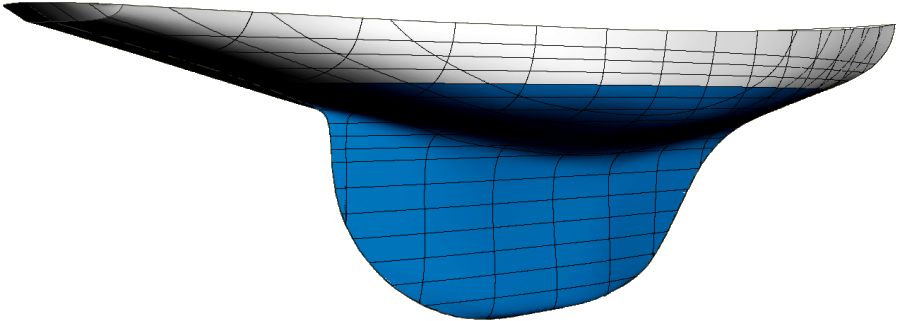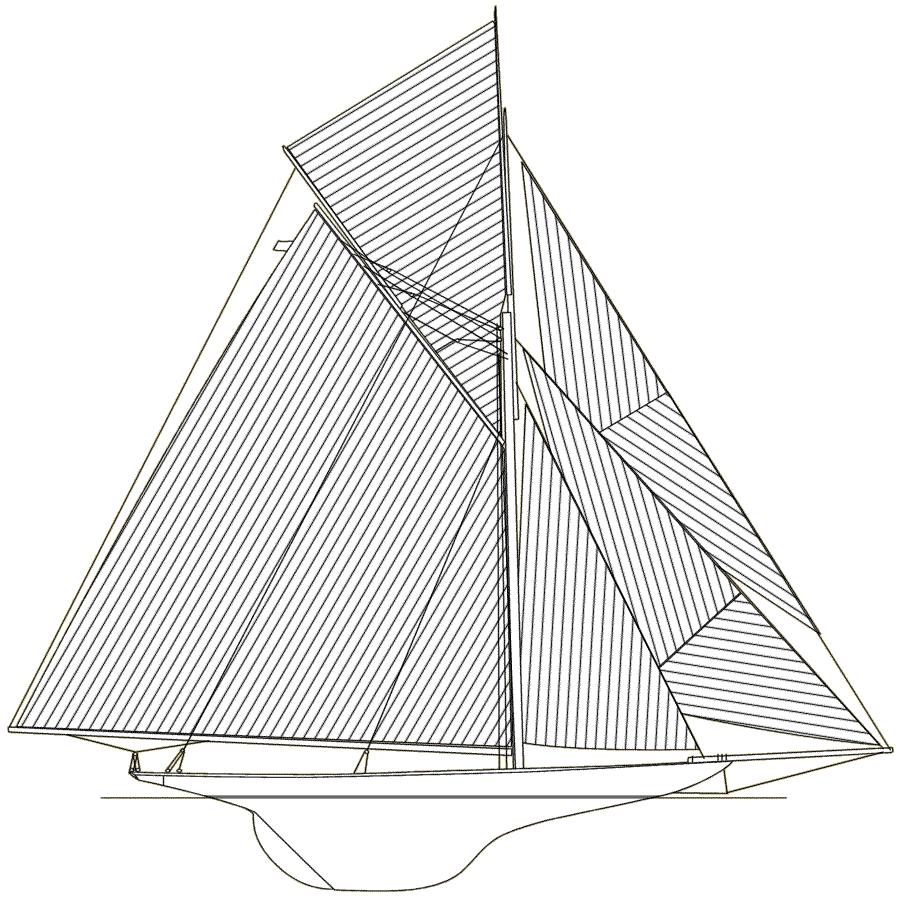Yves GARY Hits: 6697
Category: DEFENDER
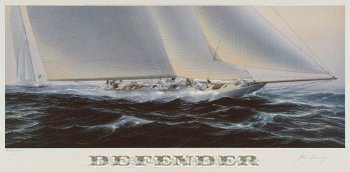 In this country we were not content to trust the defense to Vigilant, especially after her poor showing against Britannia in 1894, and a syndicate was formed in the New York Yacht Club (syndicates were getting to be the fashion those days, with the growing cost of building and running a defender) to build a new boat. In this syndicate were C. Oliver Iselin, who was to manage the yacht, W. K. Vanderbilt, and E. D. Morgan.
In this country we were not content to trust the defense to Vigilant, especially after her poor showing against Britannia in 1894, and a syndicate was formed in the New York Yacht Club (syndicates were getting to be the fashion those days, with the growing cost of building and running a defender) to build a new boat. In this syndicate were C. Oliver Iselin, who was to manage the yacht, W. K. Vanderbilt, and E. D. Morgan.
Of course the syndicate went to Herreshoff to have the boat built. The "Wizard of Bristol" as he was getting to be called, had a monopoly on Cup defense honors that year, as he has had for a number of years since. But while Watson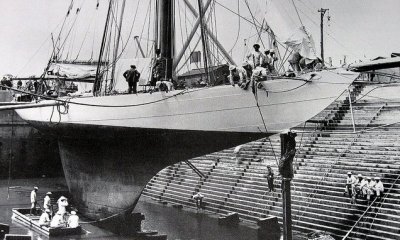 was following the general form of the Vigilant, "Nat" Herreshoff was not to be caught napping, and in Defender, as the new yacht was called, he made a bold move by going back to a narrower, deeper boat with finer lines (she was but 8 inches wider than Valkyrie II) and built as lightly as possible. Manganese bronze, a very expensive and strong metal, was used for bottom plating while the frames were steel and the top plating aluminum to save weight.
was following the general form of the Vigilant, "Nat" Herreshoff was not to be caught napping, and in Defender, as the new yacht was called, he made a bold move by going back to a narrower, deeper boat with finer lines (she was but 8 inches wider than Valkyrie II) and built as lightly as possible. Manganese bronze, a very expensive and strong metal, was used for bottom plating while the frames were steel and the top plating aluminum to save weight.
As a matter of fact it was thought by many that Herreshoff rather overdid this lightness, for Defender was structurally weak, and many stories were current as to the way she "worked" and that her mast was in danger of going through her bottom. These stories were denied, but those that were in a position to know credited them. Anyway, the structural defects were remedied, and she hung together long enough to go through the season — and also the trial races with Columbia, four years later.
The dimensions of the Defender were: length over all 123 feet, length waterline 88 feet 5 inches, beam 23 feet, and draft 19 feet, while she carried 12,602 square feet of sail, or 426 square feet less than the challenger.
In fact, the two boats were in type virtually the opposite of what had been the custom heretofore. Defender being practically the cutter, with her narrow beam, deep draft, fine lines, and large angle of heel, while the challenger had all the characteristics of a sloop — broad beam, shoal body, light displacement, hard bilges, and big sail spread. It was a funny switch on the part of both designers, and in the sequel we "were to see what we should see."
|
|
|||||||||||||||||||||||||||||||||||||||||||||||||||
Plan created with DELFTSHIP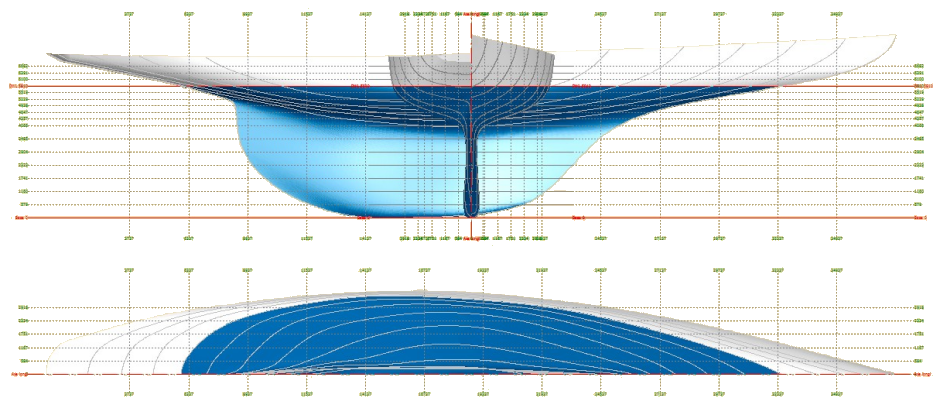
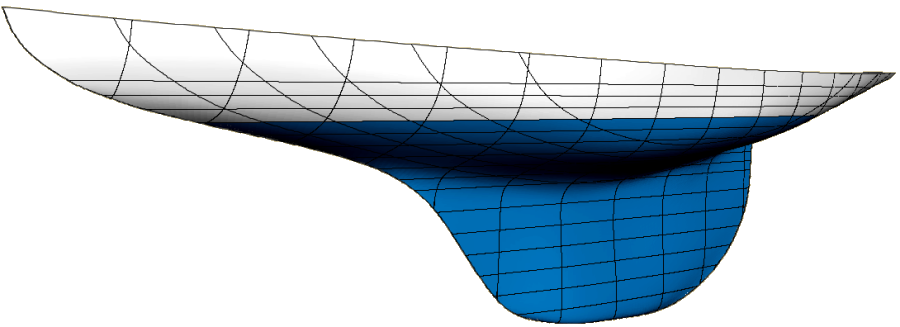
Download the MODEL FOR DELFTSHIP : Hull only
Download the MODEL FOR DELFTSHIP : Full model
